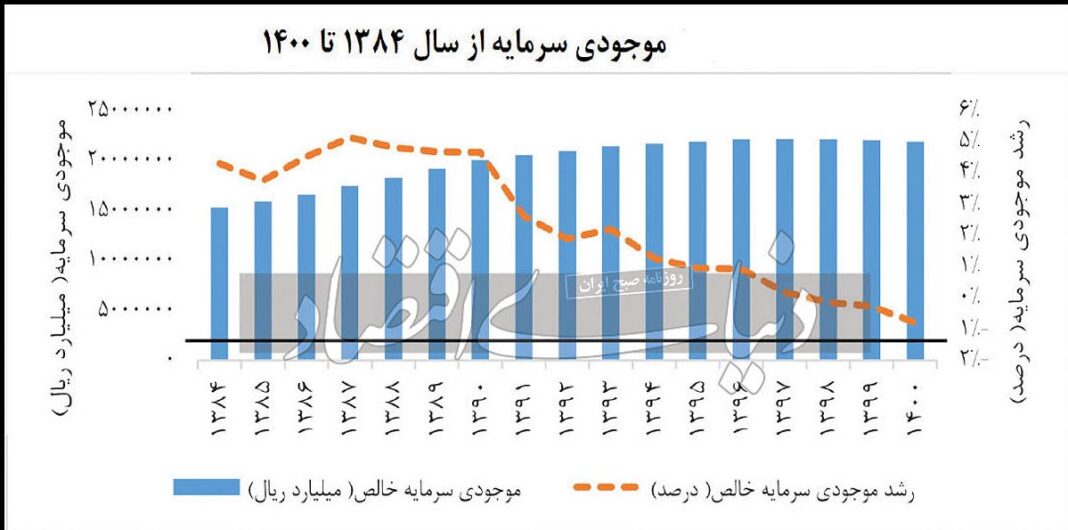According to Donyaye Eghtesad website, capital inventory growth and growth in efficiency are the two key factors that prompt Iran’s economic growth.
With the long-term average for efficiency hovering around zero, the falling capital inventory means the economy is heading for a plunge, especially seeing that capital is depreciating faster than it is formed.
“Continuation of this process is a source of concern for the realization of high economic growth and achievement of welfare objectives,” the parliamentary report says.
The report calls for major reforms to change the current negative trend of the economy.
“Considering budget, monetary, trade and foreign currency policies, along with structural reforms to stabilize the economy, reduce insecurity and provide the necessary grounds to attract foreign investment, steps should be taken to prevent diminishing investments,” the report added.
The parliamentary body stressed the need for budget reforms as a priority before other structural changes.
It also warned that continuation of the current process and the downward trend in the formation of capital directly affects national economic growth, leading to major loss of national production in the long term.
The report also warned about the economic situation of the people, saying the rate of poverty, which was decreasing over the past years, once more hit the unprecedented record high of 28.8 percent in the year to March 2021, a surge of nearly 11 percent compared to poverty levels in the year to March 2012.
This comes amid estimates that Iranians’ income per capita plunged by more than 3 percent in the 9-year period, which is also a record.
In a decade of surging inflation figures, official statistics also show that Iranian households have been forced to cut on consumption of even basic goods.
The government officials have yet to comment on this report.

